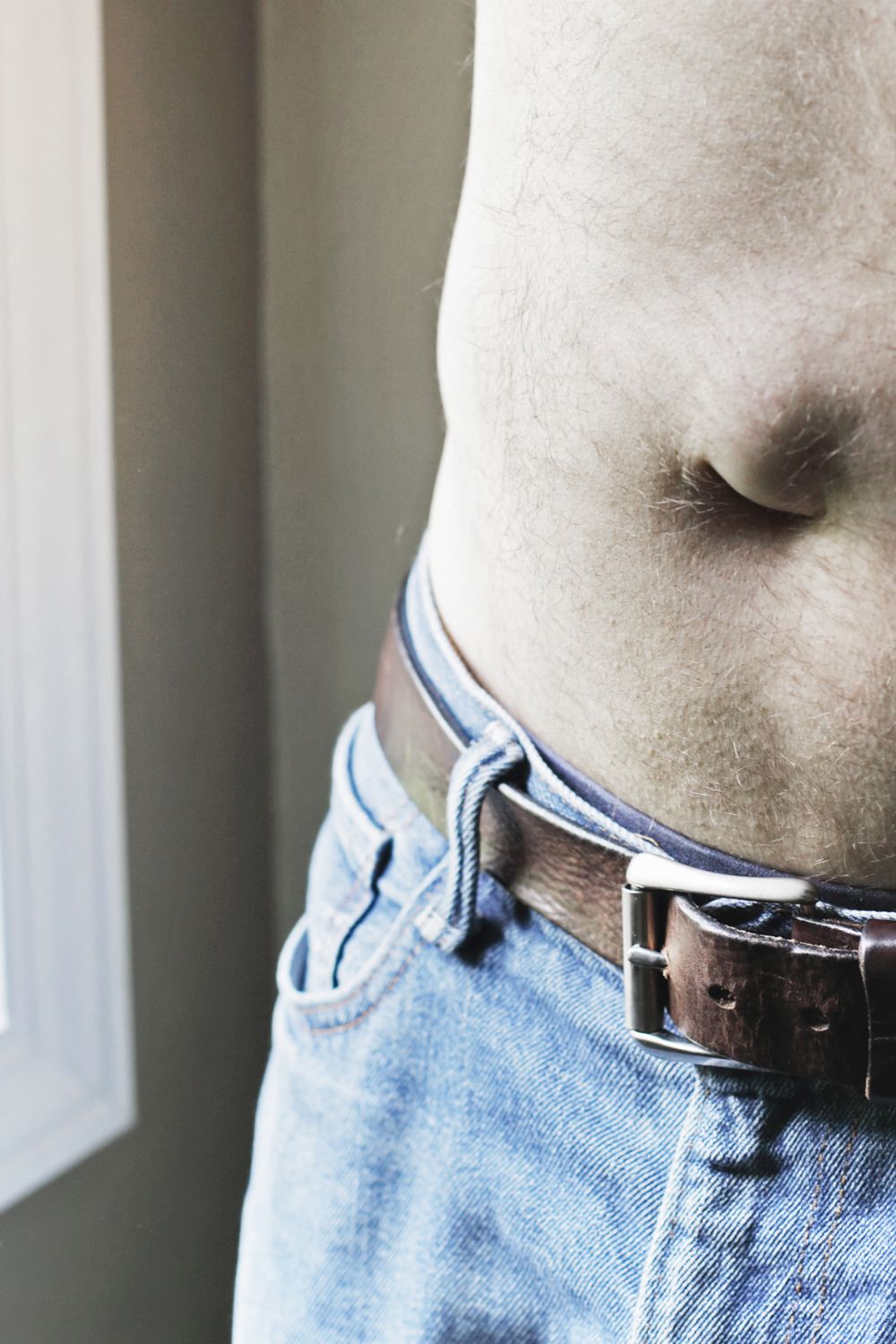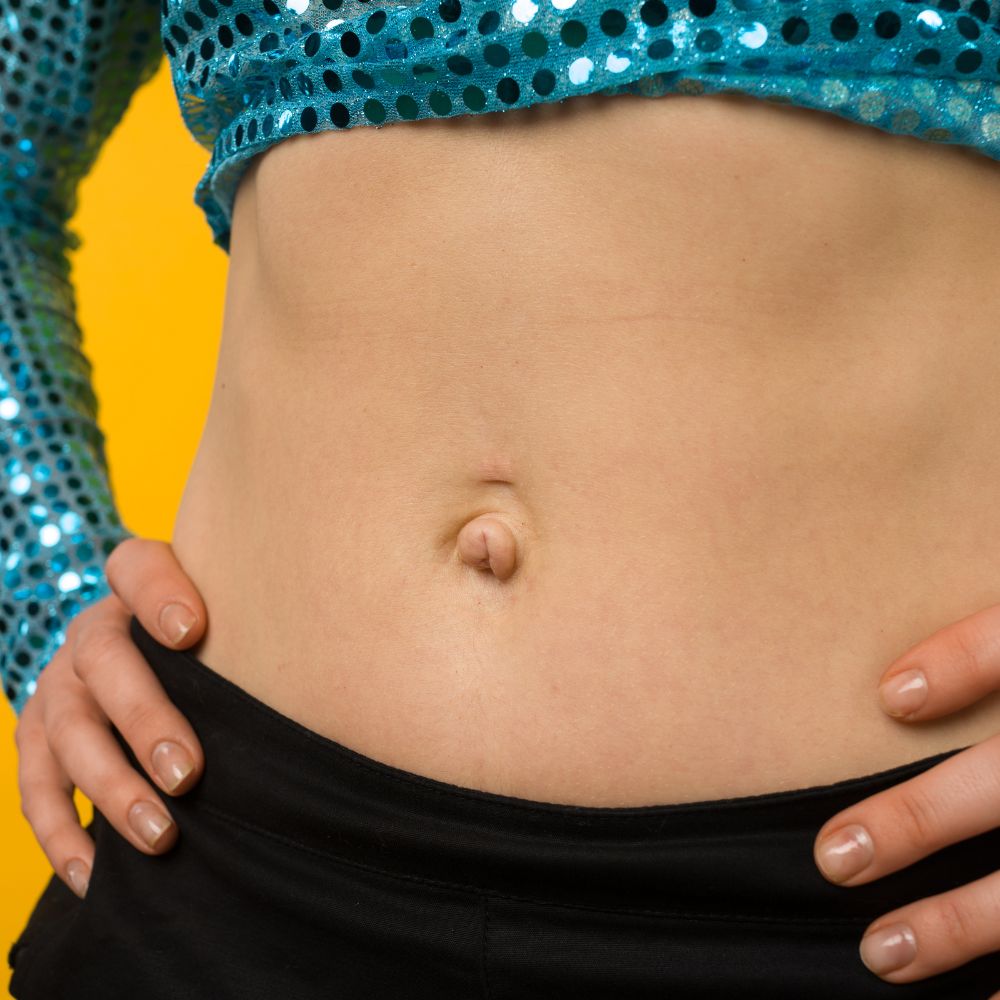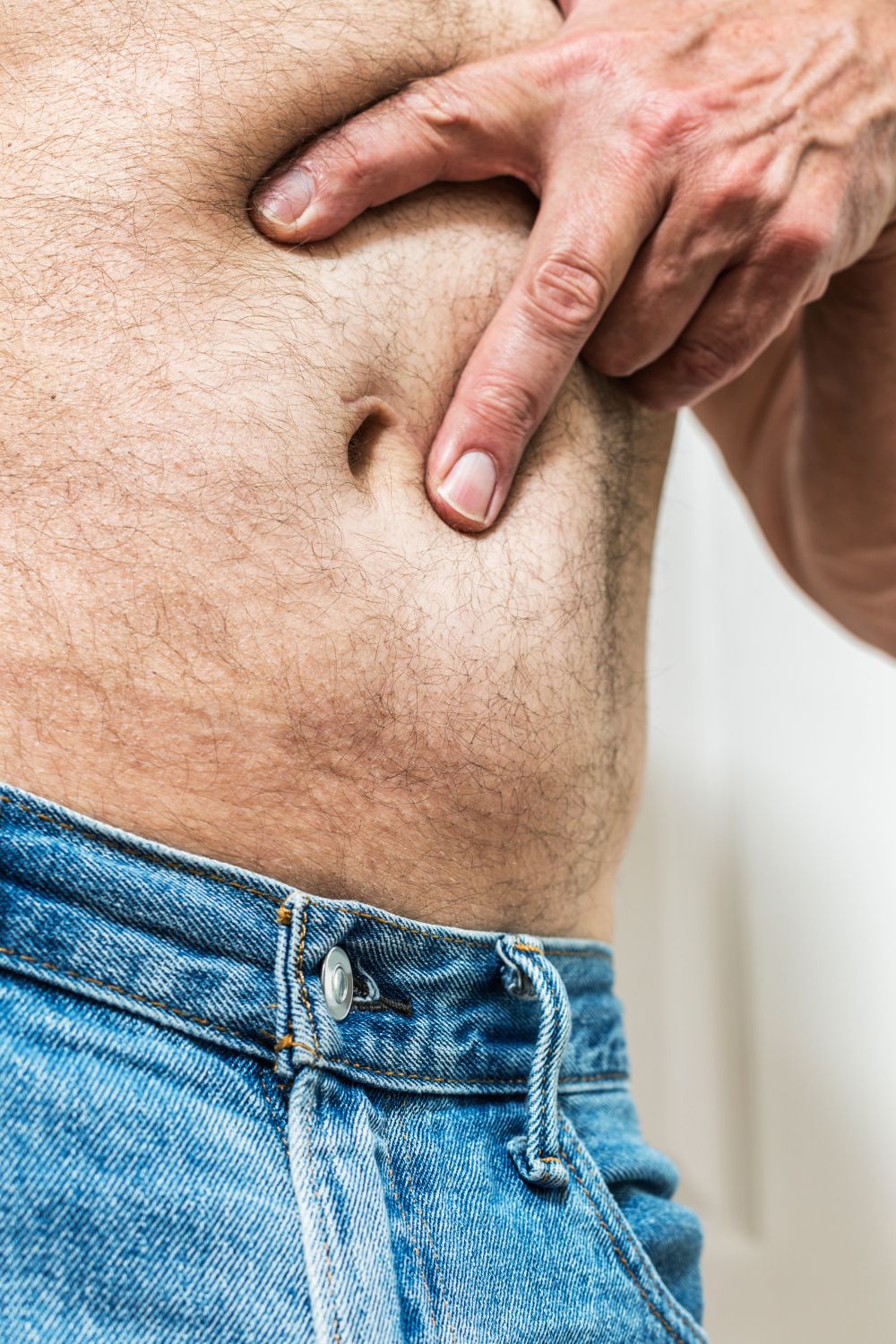Hernia Repair
A hernia occurs when the ‘peritoneum’ – meaning the muscular wall that keeps the organs in the abdomen in place – develops a defect which allows tissue and internal organs to bulge and push through. It is possible for this bulge to disappear when the patient is lying down and, when it is still small, it may sometimes be pushed back into place. However, when a hernia increases in size or starts to interfere with your daily life it might be time to get it surgically treated.
Here at Clinica Jóia, we offer you two hernia treatment options – a Transabdominal Preperitoneal (TAPP) approach and a Total Extraperitoneal (TEP) approach – both of which are designed to correct a hernia. Our specialised surgeon is an expert in both of these techniques and during a consultation, you will be able to discuss which option would be more suitable for your own individual needs.
Proven Success
Typical Uses
You will need Hernia repair surgery if:
- you are female and develop a hernia in the femoral area, just below the groin.
- You are male and develop an Inguinal hernia (a lump in the groin which may reach the scrotum).
- you have a defect in the umbilical or periumbilical area causing a bulge in this area
- You suffer from hiatus hernia where the stomach starts pushing out of the abdominal cavity into the chest due to an opening in the diaphragm.
- You develop an incisional hernia through a scar of a past incisional scar.
When a hernia is still small, many do not notice any real symptoms apart from painless swelling. Unfortunately, a hernia, may increase in size, causing discomfort and pain which may worsen during strenuous activity. This typically leads to more swelling and pain leading the patient to seek the advice of a doctor.
In some cases, where part of the intestines become obstructed, a hernia would require immediate repair through surgery, since such a situation would cause acute abdominal symptoms such as vomiting and pain.




What It Entails
Whilst many still opt to correct a hernia through open surgery, nowadays it is recommended and encouraged to take a laparoscopic/ keyhole approach.
At Clinica Jóia, we offer two laparoscopic approaches: Transabdominal Preperitoneal (TAPP) approach and Total Extraperitoneal (TEP).
The TEP is a technique where the surgeon gains access into the peritoneal cavity and uses a mesh to cover the defects in the muscle wall. In contrast, the TAPP technique which does not allow the surgeon to enter the cavity and instead uses the mesh to cover the defect from outside the peritoneum. The latter offers lesser complications than the TEP, but is only done by expert surgeons with many years of experience.
When compared to open surgery, both techniques drastically minimise the possibilities for post-operative discomfort and offer a shorter recovery time.
How It Works
1.During the consultation
During your consultation, you will meet with our surgeon to discuss your referral and voice your primary health concerns. At this time, you will have the opportunity to share any information about your hernia symptoms - including any pain and swelling, x-rays, medications and blood test results - and ask any questions that you might have to put your mind at ease. Our doctor will also use this time to assess your overall health and fitness, and determine your suitability for hernia surgery.
2.During the procedure
During the surgical procedure, a general or local anaesthetic - or sedation - is administered to ensure your comfort throughout. Once the anaesthesia has taken effect, our plastic surgeon will proceed using one of two laparoscopic approaches: the Transabdominal Preperitoneal (TAPP) approach or the Total Extraperitoneal (TEP) approach. Following an incision, the hernia is gently pushed back into place, tied off, or removed depending according to the need.
3.After the treatment
Post-surgery, your incisions will be covered up using bandages or dressings. Before going home to recover, you will be given specific instructions on: how to care for your surgical site(s) following surgery, what medications to apply or take orally to promote healing and reduce the risk of infection, specific concerns to look for at the surgical site or in your general health, and when to follow up with your plastic surgeon.
How It Works
During your consultation, you will meet with our surgeon to discuss your referral and voice your primary health concerns. At this time, you will have the opportunity to share any information about your hernia symptoms - including any pain and swelling, x-rays, medications and blood test results - and ask any questions that you might have to put your mind at ease. Our doctor will also use this time to assess your overall health and fitness, and determine your suitability for hernia surgery.
During the surgical procedure, a general or local anaesthetic - or sedation - is administered to ensure your comfort throughout. Once the anaesthesia has taken effect, our plastic surgeon will proceed using one of two laparoscopic approaches: the Transabdominal Preperitoneal (TAPP) approach or the Total Extraperitoneal (TEP) approach. Following an incision, the hernia is gently pushed back into place, tied off, or removed depending according to the need. Next, the weak area of the muscle where the hernia had pushed through is stitched up and, for larger hernias, the surgeon may insert a piece of flexible mesh for increased support. Overall, the procedure takes around 30 minutes to an hour to complete, and many will be able to return home following the procedure.
Post-surgery, your incisions will be covered up using bandages or dressings. Before going home to recover, you will be given specific instructions on: how to care for your surgical site(s) following surgery, what medications to apply or take orally to promote healing and reduce the risk of infection, specific concerns to look for at the surgical site or in your general health, and when to follow up with your plastic surgeon. It is typical for patients to feel tired or confused for two to three days after the surgery, this may be a side effect of general anaesthesia or pain medicine. Nevertheless, most patients are able to return to work within one to two weeks after surgery, with the exception of patients whose jobs require manual labour, who would have to wait from four to six weeks before resuming work.
Frequently Asked Questions
As with any major surgical procedure, side effects may occur, and the risks and potential complications will be discussed in detail during the initial consultation. The possible risks of hernia repair may include:
- breathing difficulties
- bleeding
- allergic reactions to anesthesia and other medications
- infection
- The hernia may eventually come back
- prolonged pain at the treated site
- Damage to blood vessels
- Nerve damage or damage to nearby organs
- Groin area
- In females, a femoral hernia
- In males, an inguinal hernia
- Umbilical hernias
- Epigastric hernias (hiatus hernia)
- Incision or ventral hernias
A trained physician trained may diagnose hernias by means of a physical examination. However, in more complex cases, an examination by a specialist or specific tests (scans) may be required.


Follow-Up Procedures
As you recover from surgery, follow-up appointments will be scheduled to monitor your healing and ensure that your recovery is progressing without complications. Any stitches, bandages, and drainage tubes will be suitably removed, and you will guided on the best ways to to care for the surgical site and given suitable medication to apply or take orally to promote healing.


